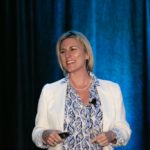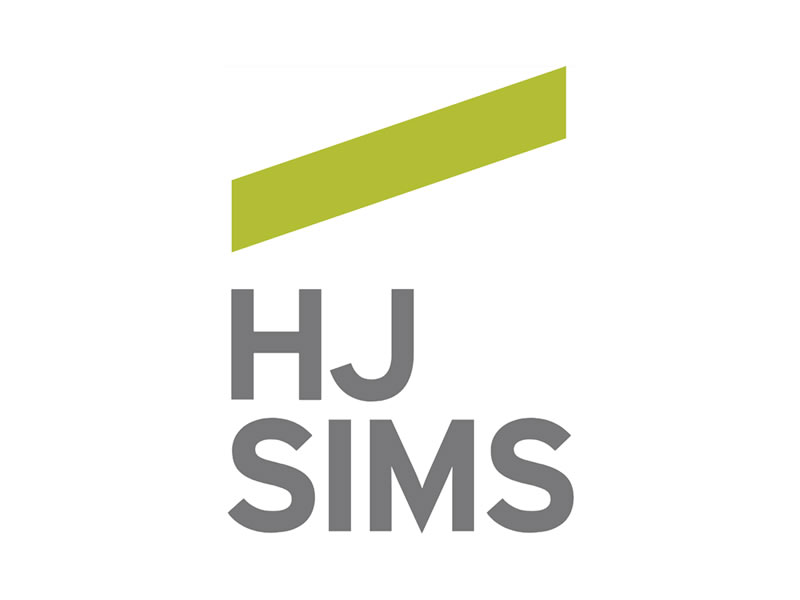Two hundred years ago in the Era of Good Feelings, Maine and Missouri were admitted to the Union, the Territory of Florida was ceded to the United States by Spain, the first train began operating over the Granite Railway in Massachusetts, the first camera photograph was taken in France and the first modern stock market crash occurred in London. President James Monroe delivered a speech to Congress in which he warned leaders in Europe that any future attempt to exert influence in the Western Hemisphere would be seen by the U.S. as a threat to its security. Due to an Electoral College stalemate in which none of the four Democratic-Republican candidates won a majority, the presidential election of 1824 was the first and only one in history decided in the House of Representatives under the 12th Amendment. John Quincy Adams of Massachusetts, became our sixth President after earning only 31% of the popular vote. His opponent, Andrew Jackson of the Carolinas, a former U.S. Army General and justice on the Tennessee Supreme Court who had served in both chambers of Congress, had the plurality of the popular vote at 41%, and eventually succeeded Adams in 1829. President Jackson opposed paper money and demanded that the government be paid in silver and gold coins. He believed that the central bank at that time, the Second Bank of the United States, lacked constitutional legitimacy and was a corrupt institution, dangerous to American liberties. He vetoed a bill re-chartering the bank and was re-elected on an anti-bank platform.
One hundred years ago during the decade of the Roaring Twenties, communism and fascism spread in Europe, the U.S. placed harsh restrictions on immigration, and prohibition took effect. Republican Warren Harding of Ohio campaigned for a “return to normalcy” after World War I and won 60% of the popular vote and 404 votes in the presidential election of 1920, the first in which women had the right to vote in all 48 states. “Winnie’s” Vice President, Republican Calvin Coolidge of Massachusetts, won every state outside of the south in the 1924 race for the Oval Office but chose not to run for re-election. “Silent Cal’s” Republican Secretary of Commerce, Herbert Hoover of California, became the first president born west of the Mississippi River when he gained 444 electoral votes and 58% of the popular vote. The Electoral Colleges at the time were heavily influenced by certain gridlock in Congress. For the only time in American history, legislators failed to agree on a reapportionment plan following the 1920 Census. Representatives from rural districts were fearful of losing power to the cities, and worked to delay and block consideration of the required enabling legislation. So, the distribution of Congressional seats from the 1910 Census remained in effect for 23 years. The decade ended — as we know — with the Wall Street Crash of 1929.
January 1, 2020, marked the start of a new decade in this century, but we are clearly linked to the ’20s of our past. On the economic front, our economy continues to roar and its powerful engine, the consumer, feels good despite concerns for the intensifying conflict with Iran and rising food and gas prices. We are in a presidential election year where the Electoral College may once again produce results that differ from the popular vote. The composition of the College will change if Congress approves reapportionment this December based on some of the significant population shifts that have occurred; as a result of this decennial Census, Florida is likely to receive several new U.S. House seats at the expense of California, Illinois, New York and/or Minnesota. We live in an era of major threats to our security and the President has an emerging doctrine. The central bank has become a real lightning rod for him, but his Treasury Department delivers approximately 21 million paper notes a day to the Federal Reserve. The price of gold increased from $19.39 in 1820 and $20.67 in 1920 to $1,575.80 per ounce today.
Not everything was worth a cheer at the start of the New Year. Over the course of the last decade, student debt increased by 108%, auto loan debt climbed by 82%, credit card debt was up by 10.8% and mortgage debt rose 6.7%. The federal debt stood at $23 trillion, and the budget deficit for FY19 exceeded $984 billion. Global debt topped $250 trillion, more than three times the combined gross domestic product. The Fed held $4.1 trillion of assets and the collective balance sheet assets of the Fed, the European Central Bank, the Bank of Japan and Bank of England totaled 35.9% of their nation’s GDPs. The investor’s Wall of Worry included geopolitical tensions in the Middle East and North Korea, political polarization at home, trade conflicts with China, political and fiscal policies in Europe, market volatility, a virtual rolling impeachment process, natural disasters, corporate and municipal defaults leading to massive fund redemptions, price cuts and market illiquidity, regulatory and legislative uncertainty, underfunded pensions and other post-employment benefits.
The last decade ended with champagne and fireworks-filled celebrations by those in the stock and bond markets. The U.S. enjoyed 120 consecutive months of expansion, and states reported nine consecutive years of revenue gains. For the first time in 70 years, we became a net exporter of petroleum. Unemployment at 3.50% was at a 50-year low, well below the 9.70% reported in January of 2010. The number of unemployed persons per job opening was 0.8 versus 5.8 in 2009 and the labor force participation rate for prime age workers (25-64) was 82.8%, the highest in 10 years. The S&P 500 Index gained 30% last year and the Bloomberg Barclays Bond Index rose 15%. Investors rode out unprecedented monetary interventions, negative interest rate policies which produced a high of $18 trillion of negative yielding sovereign bonds, algorithmic trading, artificial intelligence, cloud technology, cyberattacks, the introduction of blockchain and cryptocurrencies, sovereign near-defaults, major changes in tax and health care laws, taper tantrums, debt ceiling and government shutdown crises, power shifts in the Congress and White House, media-induced frenzies over the prospect of higher rates, recession and widespread municipal defaults. Investing has been made easier with online access, index funds, robo-advisors and zero-commission trends. During the past decade, the Dow Jones Industrial Average gained 18,110 points and the Nasdaq Composite Index rose 6,703 points. Oil prices fell $18.30 a barrel while gold prices rose $281 an ounce. The 10-year Treasury yield decreased by 192 basis points from 3.83% to 1.91% and the spread between the 2-year and 10-year shrank from 270 basis points to 35 basis points. The 10-year Baa-rated corporate bond benchmark fell 221 basis points from 5.91% to 3.70%. Bond market volatility, as measured by the CBOE/CBOT US Treasury Note Volatility Index, declined from 7.01 to 4.13.
In the municipal bond sector, the 10-year AAA municipal general obligation bond yield plummeted by 156 basis points from 3.00% to 1.44% between 2010 and 2019. The spreads between 2-year and 10-year yields narrowed from 242 basis points to 40 basis points. The slope of the yield curve has rarely been so flat since 1964. Issuance exceeded $400 billion four times during the decade, including $421 billion in 2019. Last year, there were $90 billion of net inflows into muni mutual funds over 51 consecutive weeks, and throughout the past decade, investors have added a net of $366 billion, increasing assets to $803 billion. Demand for tax-exempts was predictably highest in the high-tax states of New York, New Jersey, Connecticut, California and Massachusetts. Returns for the year averaged about 7.74%, with high yield and long-dated bonds reporting some of the best returns. Taxable municipal bond issuance doubled last year to $67 billion, primarily due to the number of advance refundings under the 2018 tax laws. The 30-year AAA rated taxable municipal bond benchmark closed the year at 3.20%, which looked mighty attractive versus the German 30-year sovereign yield which finished the year at 0.349%, the French at 0.922%, and the Italian at 2.465%.
U.S. fixed income markets total $41 trillion with $906 billion of bonds traded daily and annual issuance approximating $8.1 trillion in 2019. There are approximately $15.9 trillion of U.S. Treasuries, $9.4 trillion of corporate bonds, and $3.8 trillion of municipal bonds outstanding. $602 billion of Treasuries, $11 billion of municipals, and $35 billion of corporates are traded every day. Monthly issuance in 2019 averaged $234 billion for governments, $124 billion for corporates and $34 billion for munis. U.S. equities have a $30 trillion market capitalization, with 6.8 billion shares traded daily and $228 billion of underwriting activity.
Despite all the failed forecasts for 2019, economists and analysts of all stripes have looked into the crystal ball and made their predictions for 2020; some have dared to go out as far as five years. The predictable wild cards are central bank policy mistakes, Brexit surprises, convention and election outcomes, Census surprises, recession, weather-related disasters, oil price shocks, debt crises, trade war escalation and market corrections. In the municipal bond sector this year, we expect issuance to exceed $410 billion with perhaps $120 billion of refundings, and $85 billion of taxables. At least $288 billion of bonds will mature or are scheduled to be called and redemption totals are bound to grow with advance refundings. We have seen projections for the 10-year AAA muni yield to end the year as low as 0.8%. At this writing, the 10-year yield stands at 1.34% and the calendar for this first full week of January is estimated at $9 billion.
We welcome everyone back from the holidays and encourage you to share your predictions, interests and concerns with our sales, trading and banking staff this month. In the interim, we wish you a happy, healthy, and prosperous 2020.







































